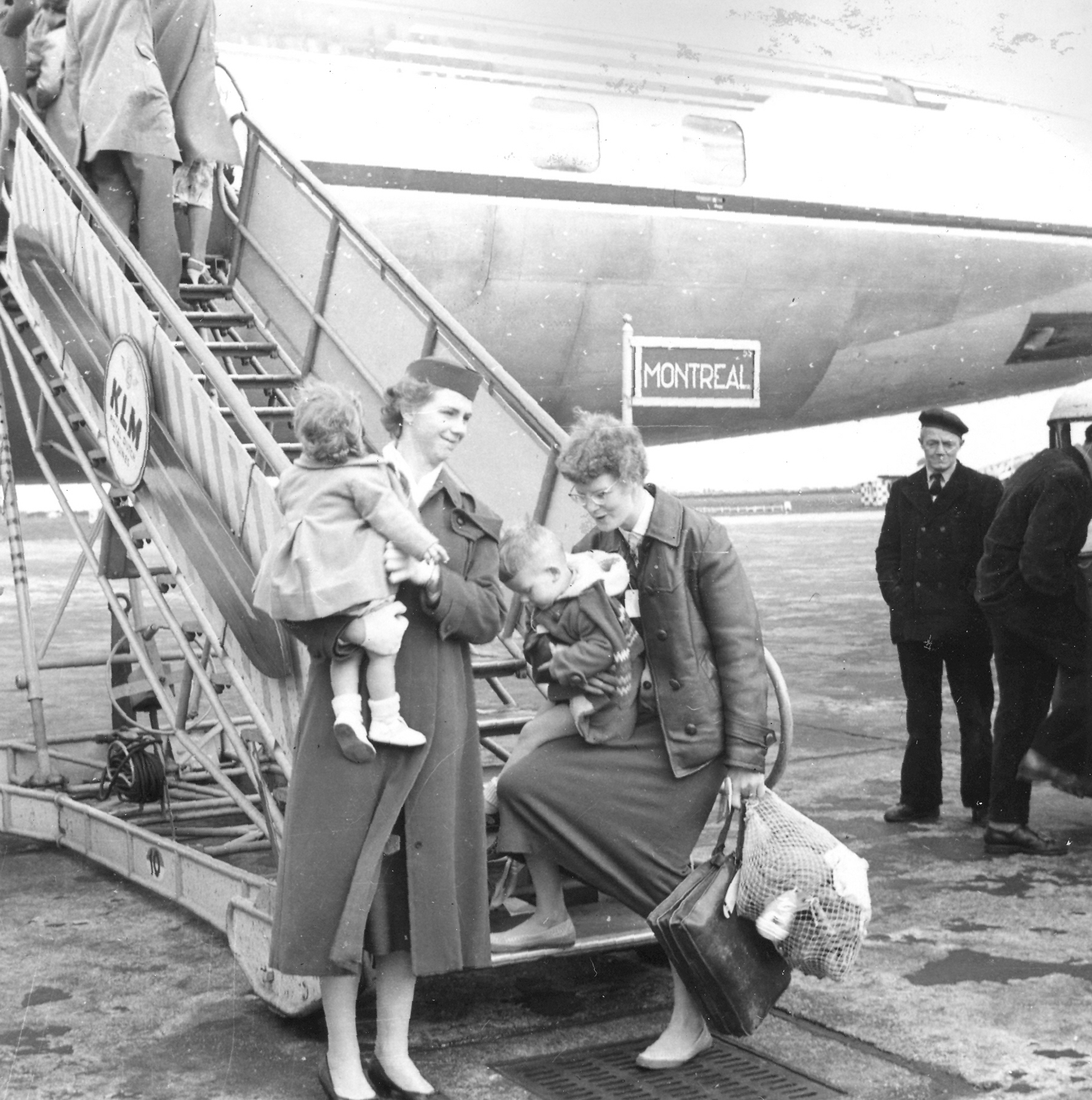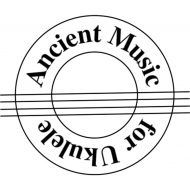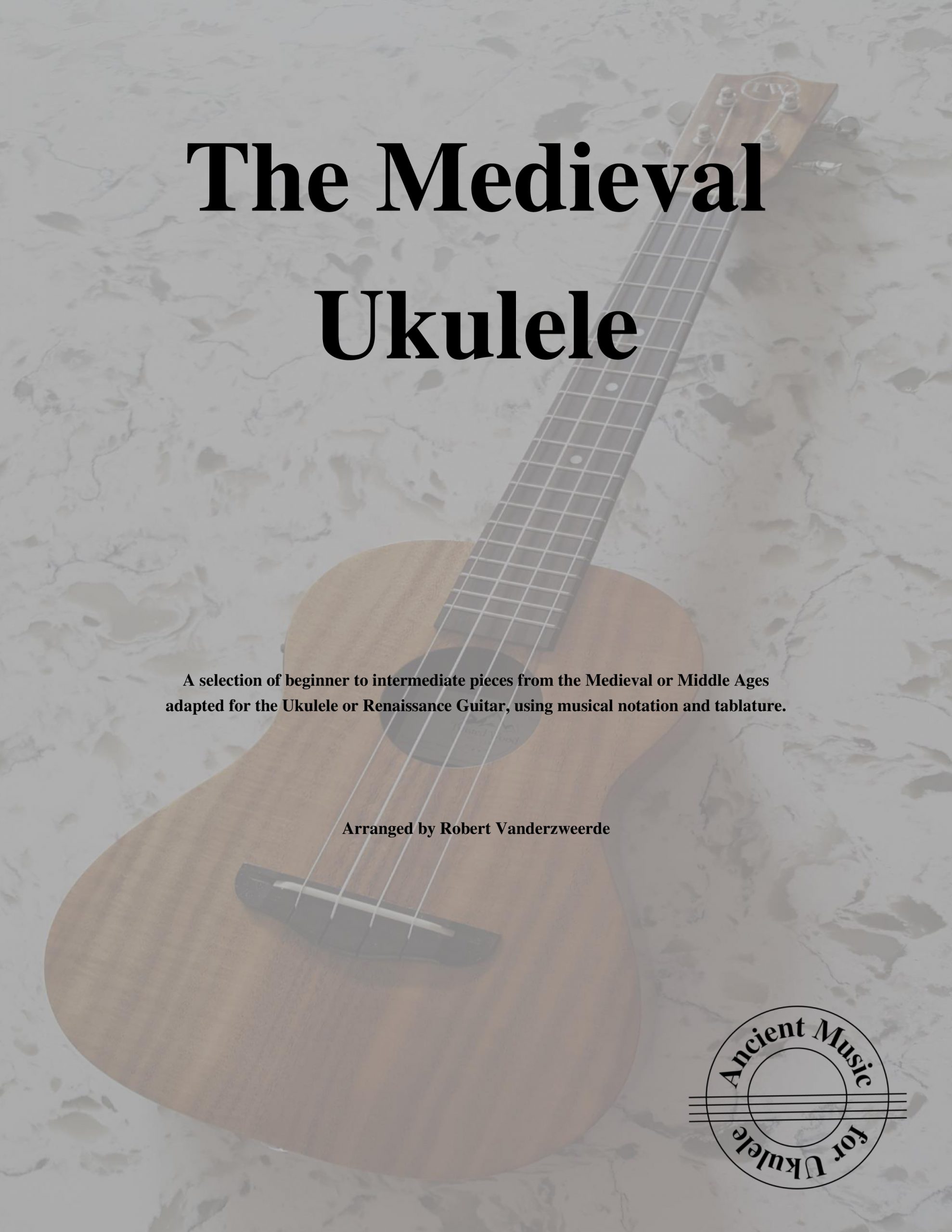For those of you curious about my name and heritage …
Yes, it is Dutch and I was born in Amsterdam. It’s really spelled “van der Zweerde” but my parents changed it when they emigrated to Canada when I was only 3 and my sister wasn’t yet 2 years old. The rest of the family (grandparents, aunts/uncles) also emigrated within a couple of years.
While my first language is Dutch, the entire family switched to English so I speak Dutch at the level of a 3 year old, cannot read the language (unless I sound it out) and can understand about 75% when it’s spoken to me. Every time I fly to/through Schiphol on KLM, I get asked if I still speak the language at customs (in Dutch of course) and I have to explain what happened.
I learned English history and never knew about the Dutch involvement with the Spanish Armada until my parents explained. My mother taught me “Piet Hein” and about De Zilvervloot (the Silver Fleet) and I still sing it at family gatherings, both in Dutch with an English accent and a poetic translation in English for the next generation of the family born in Canada.
I am a mathematician so music is a natural love of mine. It’s been a part of my entire life and now my main focus after retiring from a career in technology. While guitar is my first instrument (both folk and classical), ukulele and period instruments are my latest adventures.
This is me before leaving The Netherlands and boarding the plane to Montreal, Canada with my mom and sister.






